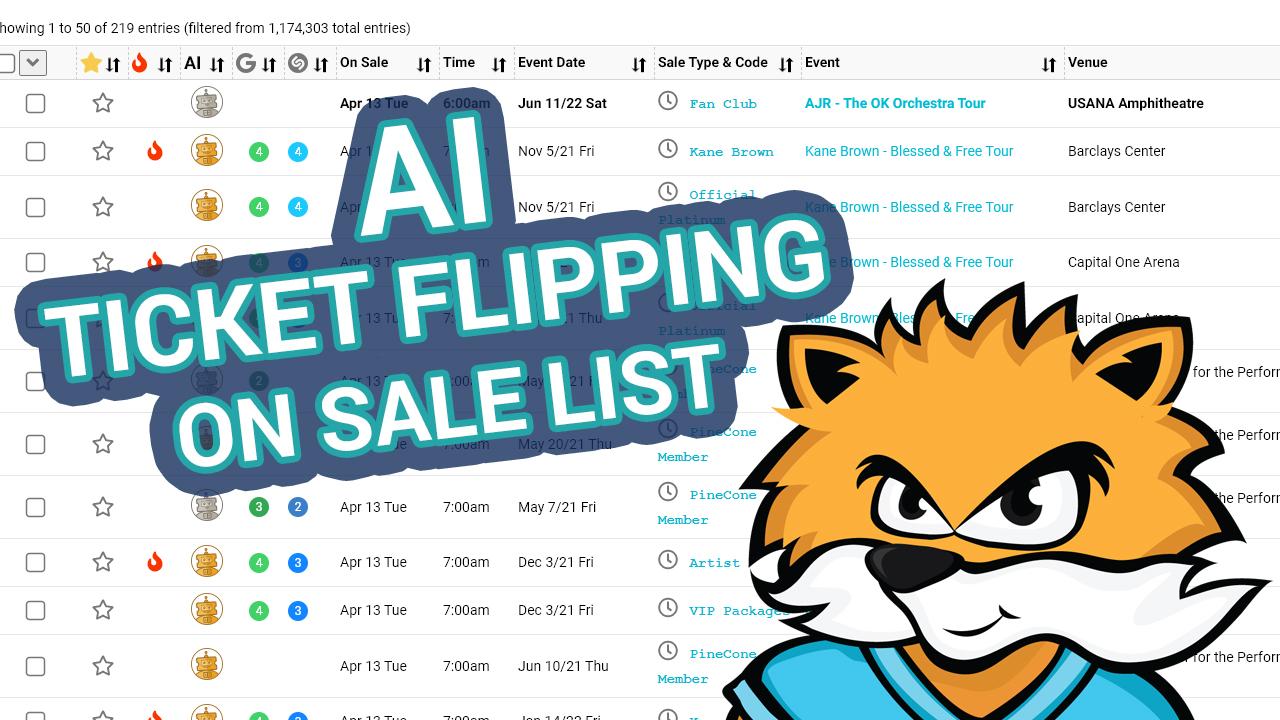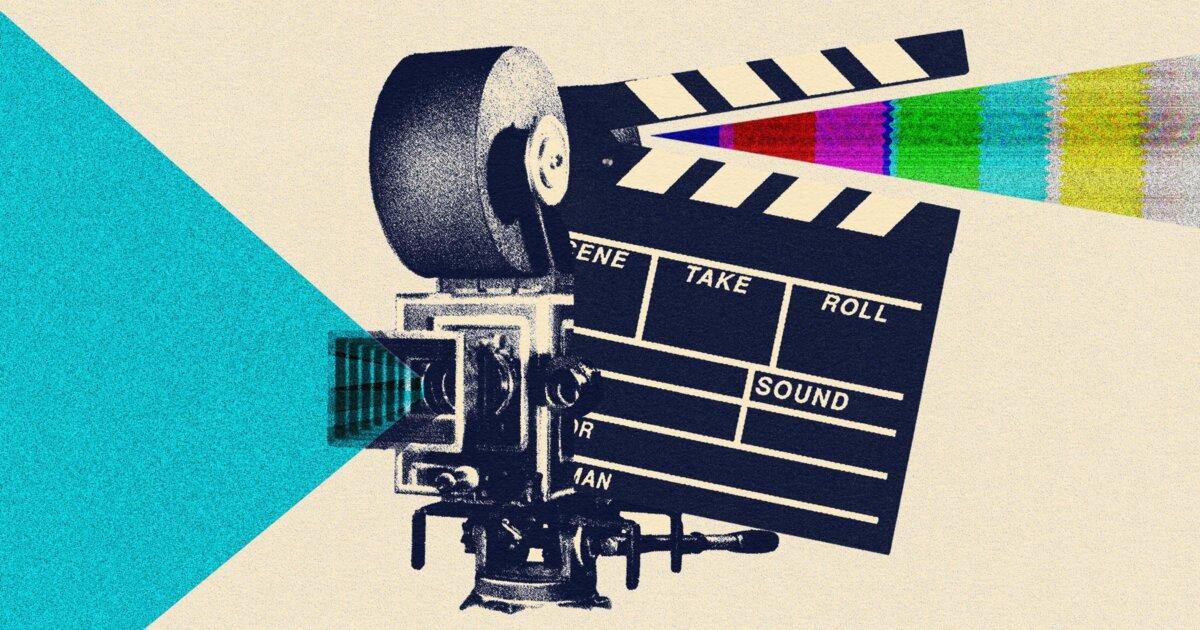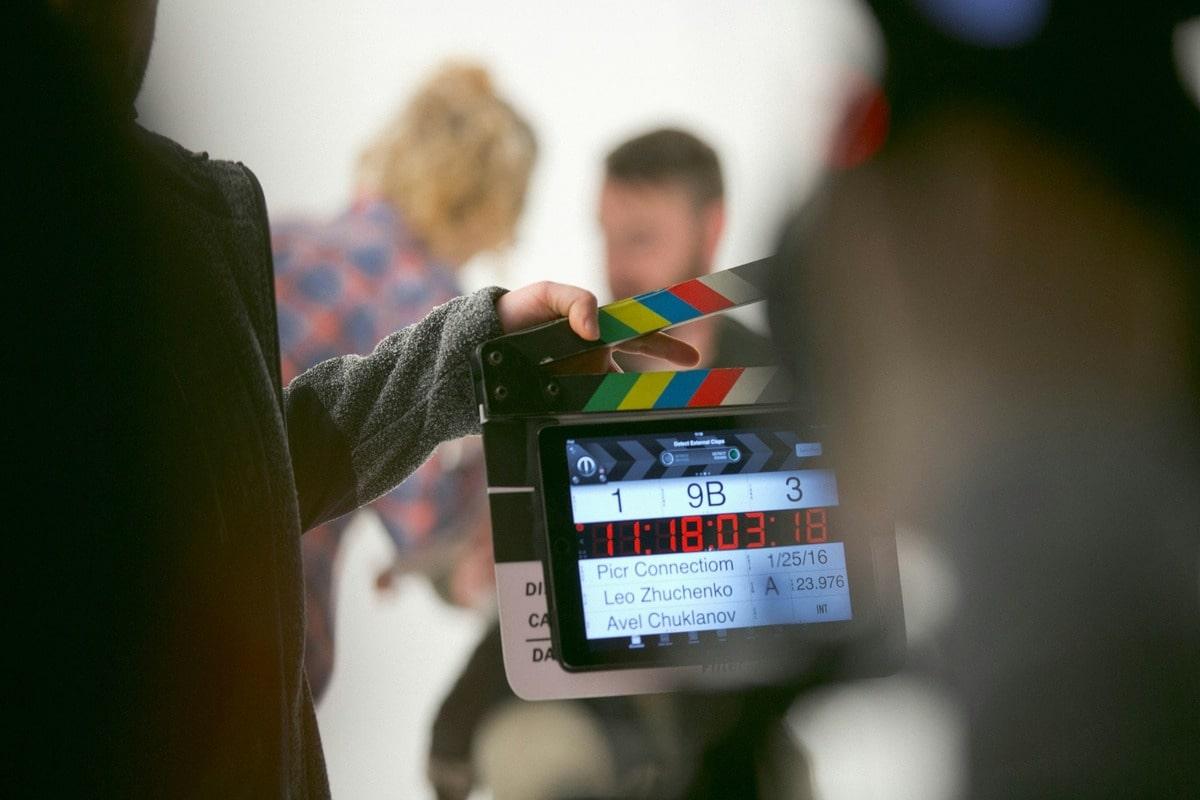In the ever-evolving landscape of cinema, the age-old question lingers: what makes a movie a blockbuster? As studios invest millions in marketing and production, the stakes have never been higher. Enter artificial intelligence-a new kind of oracle that peers beyond trailers and star power, analyzing data patterns and audience behaviors to forecast box office success before a single ticket is sold. This fusion of technology and storytelling is reshaping how the film industry predicts its winners and losers, offering a glimpse into a future where algorithms might just hold the key to Hollywood’s next big hit.
Table of Contents
- The Rise of AI in Movie Success Forecasting
- Decoding Audience Preferences Through Data Analytics
- Leveraging Social Media Trends to Anticipate Box Office Performance
- Enhancing Marketing Strategies with Predictive Models
- Ethical Considerations and Future Directions in AI-Driven Film Predictions
- Frequently Asked Questions
- Concluding Remarks

The Rise of AI in Movie Success Forecasting
Artificial intelligence has transformed the way studios and investors approach the unpredictable world of cinema. By analyzing vast datasets-from social media buzz to historical box office trends-AI models can identify patterns no human analyst could easily see. This allows studios to make informed decisions on marketing budgets, release dates, and even casting choices long before the first trailer drops.
Gone are the days when box office success was a gamble based solely on star power or genre popularity. Today’s algorithms incorporate factors such as:
- Audience sentiment analysis from social platforms
- Competitive release timing and seasonal trends
- Script and plot elements evaluated through natural language processing
- Historical performance of similar films worldwide
These insights culminate in predictive scores that forecast opening weekend revenue with surprising accuracy. For instance, AI can flag potential sleeper hits or forecast underperformers well before marketing ramps up. This level of foresight not only optimizes financial risk but also enables creative teams to tailor projects to evolving audience preferences.
| Factor | Impact on Prediction |
|---|---|
| Social Media Engagement | High |
| Genre Popularity | Medium |
| Release Date Timing | High |
| Star Power | Low to Medium |

Decoding Audience Preferences Through Data Analytics
In the world of cinema, understanding what captivates audiences is often considered an art-until now. By harnessing vast amounts of data, AI algorithms can sift through patterns in viewer behavior, social media buzz, and historical box office trends to pinpoint what resonates most with different demographics. This analytical approach transforms gut feelings into measurable insights, revealing the nuanced preferences that drive ticket sales.
These insights are not limited to just genre popularity or star power. AI dives deeper, analyzing factors such as:
- Sentiment analysis of early reviews and trailers
- Audience engagement metrics on digital platforms
- Competitive release schedules and seasonal trends
- Marketing campaign effectiveness in real-time
The result is a dynamic, data-driven profile of potential audience reactions, allowing studios to tailor their promotional strategies accordingly. Below is an example of how AI categorizes film attributes to predict success:
| Attribute | Impact Score | Audience Segment |
|---|---|---|
| Star Cast Popularity | 85% | Adults 25-40 |
| Genre Alignment | 78% | Teens 13-19 |
| Social Media Mentions | 90% | Millennials |
| Trailer Engagement | 82% | General Audience |
By decoding these preferences, AI doesn’t just predict box office numbers-it helps filmmakers and marketers create content and campaigns that truly connect, making every release a calculated step toward audience satisfaction and commercial success.

Leveraging Social Media Trends to Anticipate Box Office Performance
In today’s digital landscape, social media buzz is more than just chatter-it’s a powerful predictor of a film’s box office destiny. By harnessing real-time data from platforms like Twitter, Instagram, and TikTok, AI algorithms can gauge audience excitement, sentiment, and engagement levels long before the first ticket is sold. This dynamic insight enables studios to adjust marketing strategies and forecast revenue with unprecedented accuracy.
Key social media indicators include:
- Hashtag virality: Tracking trending hashtags related to the film or its stars.
- Engagement rates: Measuring likes, shares, and comments to assess audience involvement.
- Sentiment analysis: Evaluating positive or negative tones in posts and reviews.
- Influencer impact: Monitoring endorsements and reactions from social media influencers.
These elements are fed into machine learning models that compare current trends with historical box office data, creating a predictive framework. The result is a nuanced forecast that considers not just raw numbers, but the cultural momentum behind a movie. This approach has proven especially effective for blockbusters and franchise films, where fan engagement can make or break opening weekend success.
| Social Metric | Impact on Prediction | Example |
|---|---|---|
| Hashtag Virality | High correlation with initial ticket sales | #SpiderVerse2 trending globally |
| Engagement Rates | Indicator of sustained interest | Instagram stories shared by cast |
| Sentiment Analysis | Predicts word-of-mouth impact | Positive tweets about trailer |
| Influencer Impact | Boosts visibility among target demographics | Celebrity TikTok dance challenge |
Enhancing Marketing Strategies with Predictive Models
Marketing teams are increasingly leveraging AI-driven predictive models to fine-tune their campaign efforts, ensuring every dollar spent hits the mark. By analyzing vast datasets-from social media sentiment to historical box office trends-these models can forecast audience reactions and optimize promotional strategies well before the movie premieres.
Some of the key advantages include:
- Targeted Advertising: Pinpointing demographics most likely to engage, reducing ad waste.
- Dynamic Budget Allocation: Shifting resources in real-time based on predicted audience interest and competitor moves.
- Content Personalization: Crafting trailers, posters, and messaging that resonate with predicted viewer preferences.
To better visualize how predictive models influence marketing decisions, consider the following comparison of campaign adjustments based on early AI insights:
| Marketing Aspect | Traditional Approach | AI-Powered Strategy |
|---|---|---|
| Audience Segmentation | Broad, generic groups | Micro-segments based on behavior & sentiment |
| Ad Spend | Fixed allocation | Flexible, data-driven distribution |
| Content Creation | One-size-fits-all trailers | Multiple versions tailored to predicted tastes |
Such precision in marketing not only boosts opening weekend numbers but also builds sustained buzz, turning potential flops into surprise successes. Predictive models transform guesswork into strategy, fundamentally reshaping how films connect with their audiences before the first ticket is sold.

Ethical Considerations and Future Directions in AI-Driven Film Predictions
As AI continues to revolutionize the film industry by forecasting box office performance, it raises important questions about the ethical framework governing these technologies. One key concern revolves around algorithmic bias. If AI models are trained on historical data that reflects past industry prejudices-such as underrepresentation of certain groups or genres-there is a risk that predictions may perpetuate these biases, potentially limiting diversity in future film productions.
Moreover, the transparency of AI decision-making processes remains a pressing issue. Studios and creators often rely on proprietary algorithms that operate as “black boxes,” making it difficult to understand how certain predictions are derived. This lack of clarity can hinder trust and accountability, especially when financial stakes and creative reputations are on the line.
- Data privacy: Safeguarding sensitive information from actors, directors, and production teams.
- Creative autonomy: Balancing AI insights with human artistic judgment to avoid formulaic outputs.
- Market fairness: Preventing AI from disproportionately favoring big-budget films over indie projects.
Looking ahead, the future of AI-driven film prediction lies in developing models that not only enhance accuracy but also embed ethical principles at their core. Collaborative efforts between technologists, ethicists, and filmmakers could foster AI systems that are transparent, inclusive, and respectful of creative diversity.
| Future Focus | Ethical Challenge | Potential Solution |
|---|---|---|
| Bias Mitigation | Historical Data Prejudice | Inclusive Training Sets |
| Transparency | Opaque Algorithms | Explainable AI Models |
| Creative Integrity | Overreliance on AI | Human-AI Collaboration |
| Data Ethics | Privacy Concerns | Strict Data Governance |
Frequently Asked Questions
Q: How is AI changing the way the film industry predicts box office success?
A: AI is revolutionizing box office forecasting by analyzing vast amounts of data-from script elements and casting to social media buzz and historical trends. Instead of relying solely on traditional intuition and market research, studios now use AI algorithms to identify patterns that hint at a film’s potential popularity before it even hits theaters.
Q: What types of data does AI consider when predicting a movie’s performance?
A: AI systems examine a rich tapestry of inputs, including genre, cast popularity, director track record, trailer engagement, screenplay sentiment, release timing, competing films, and even audience demographics. By processing these diverse factors, AI can generate nuanced predictions about audience interest and revenue potential.
Q: Can AI predict box office hits with complete accuracy?
A: While AI significantly improves forecasting accuracy, it’s not infallible. Human behavior and cultural trends can be unpredictable, and unforeseen events-like viral social media moments or critical reviews-can sway a movie’s fate. AI serves as a powerful guide, but the magic of cinema still holds elements beyond data’s reach.
Q: How do studios use AI predictions in their decision-making?
A: Studios leverage AI insights to shape marketing strategies, optimize release dates, allocate budgets, and make greenlighting decisions. For example, if AI signals strong audience interest in a particular character or storyline, marketing teams can highlight those elements to maximize appeal.
Q: Are there any ethical concerns surrounding AI’s role in predicting box office success?
A: Yes, ethical considerations include the potential for AI to reinforce biases-such as favoring established stars or certain genres-thereby limiting diversity and innovation. Additionally, overreliance on AI might stifle creative risks, as studios may prioritize formulas that data suggests are “safe bets.”
Q: What does the future hold for AI in the film industry?
A: The future promises even more sophisticated AI models that blend creative intuition with data-driven insights. We might see AI co-creating scripts, personalizing viewer recommendations, and dynamically adjusting marketing campaigns in real-time. Ultimately, AI will continue to be a powerful tool that complements human creativity rather than replacing it.
Concluding Remarks
As the curtain falls on the age-old gamble of box office predictions, AI steps into the spotlight-not as a fortune teller, but as a data-driven oracle. By decoding patterns hidden deep within scripts, trailers, and audience behavior, these intelligent systems are reshaping how studios anticipate success. While no algorithm can guarantee a blockbuster, the fusion of human creativity and artificial insight promises a future where the mystery of movie hits is a little less mysterious-and a lot more fascinating. In this evolving narrative, AI isn’t just predicting the future of cinema; it’s helping to write it.

